Home>Interior Design>A Charming Tudor Home, Designed By Nicole Yee Of NY Interiors
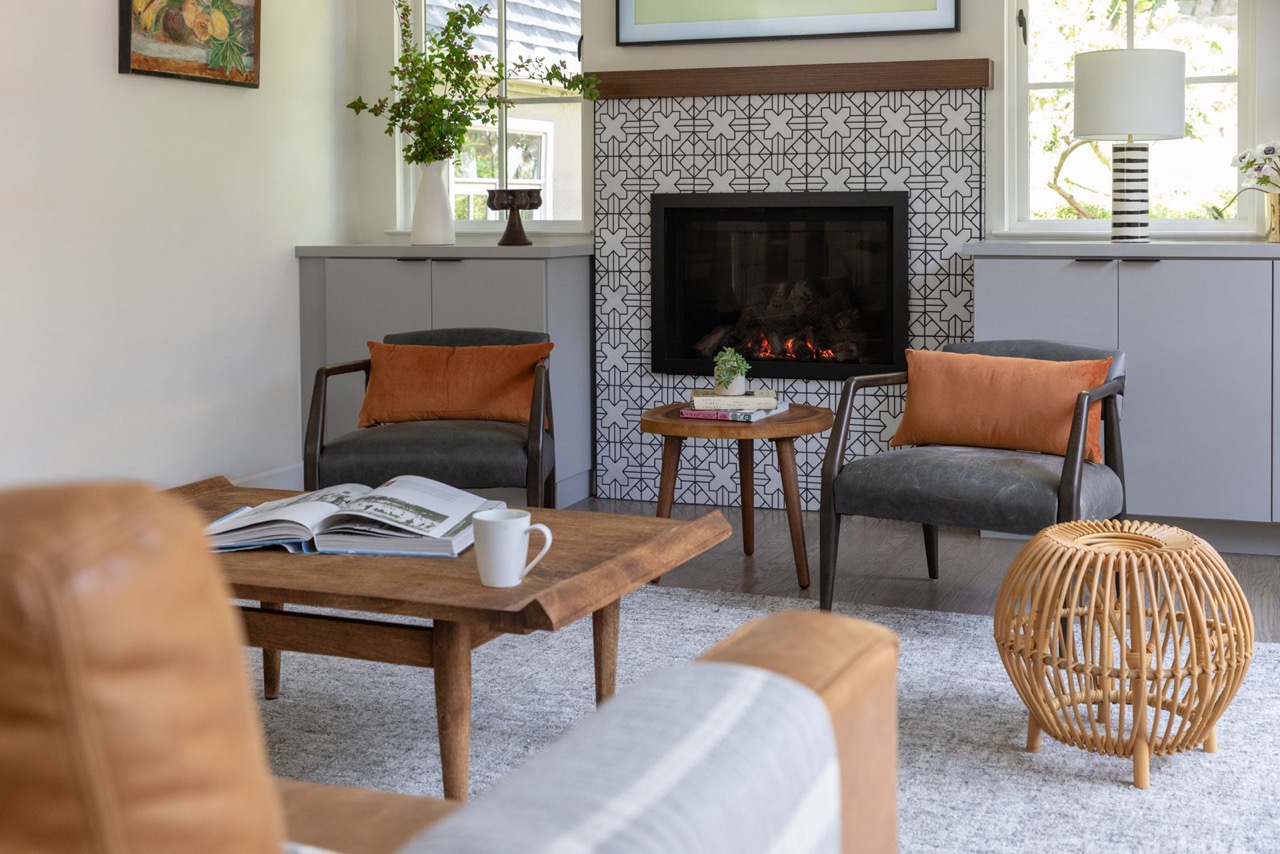

Interior Design
A Charming Tudor Home, Designed By Nicole Yee Of NY Interiors
Modified: February 24, 2024
Experience the charm of this Tudor home, expertly designed by Nicole Yee of NY Interiors. Discover impeccable interior design that will inspire and elevate your space.
(Many of the links in this article redirect to a specific reviewed product. Your purchase of these products through affiliate links helps to generate commission for Storables.com, at no extra cost. Learn more)
Introduction
Welcome to the world of interior design, where creativity and functionality combine to transform houses into homes. In this article, we will delve into the enchanting realm of Tudor home design and explore the remarkable work of Nicole Yee, an esteemed interior designer from NY Interiors.
Nicole Yee, with her keen eye for detail and impeccable taste, has dedicated her career to creating stunning interior spaces that reflect the unique personalities and lifestyles of her clients. Her ability to seamlessly blend classic elements with modern touches has earned her a reputation as one of the top designers in the industry.
Tudor homes, with their distinctive architectural style inspired by medieval English design, exude elegance and charm. These homes are characterized by their steeply pitched roofs, decorative half-timbering, and diamond-shaped leaded glass windows. Each element contributes to the overall aesthetic, creating a sense of timelessness and sophistication.
Nicole Yee understands the importance of preserving the integrity of Tudor homes while infusing them with contemporary elements that cater to modern day living. Her approach combines the use of rich textures, warm colors, and carefully curated pieces that showcase her clients’ personal style.
In the following sections, we will explore the various aspects of Tudor home design, from the exterior to the interior, and uncover the magic that Nicole Yee brings to each space she works on. Get ready to be inspired by the beauty and functionality of these remarkable spaces.
Key Takeaways:
- Embrace the timeless charm of Tudor home design, blending historic elegance with modern functionality. Let Nicole Yee of NY Interiors infuse your space with enchanting beauty and personalized style.
- From cozy living rooms to serene bedrooms, experience the magic of Tudor home interiors. Let Nicole Yee of NY Interiors create a haven of warmth, elegance, and timeless appeal in your home.
About Nicole Yee
Nicole Yee, the creative force behind NY Interiors, is a highly sought-after interior designer known for her impeccable taste and attention to detail. With over 10 years of experience in the industry, she has mastered the art of transforming spaces into havens of style, warmth, and functionality.
From a young age, Nicole had a passion for all things design-related. She would spend hours rearranging furniture and envisioning new ways to make spaces more aesthetically pleasing. Her love for interior design led her to pursue a degree in the field, and she hasn’t looked back since.
What sets Nicole apart is her ability to truly understand her clients’ needs and aspirations. She believes that a successful interior design project is one that reflects the unique personality and lifestyle of the homeowner. Nicole takes the time to get to know her clients, their preferences, and their vision for their space, ensuring that every project is a true reflection of their individuality.
With a keen eye for design and a deep understanding of architectural principles, Nicole seamlessly blends different styles and elements to create harmonious and visually striking interiors. Her expertise lies in creating spaces that are not only beautiful but also practical, ensuring that every room serves its intended purpose while maintaining a sense of elegance.
Throughout her career, Nicole has worked on a diverse range of projects, from residential homes to commercial spaces. Her portfolio boasts a variety of styles, from modern and contemporary to traditional and eclectic. Regardless of the style, Nicole’s designs always possess a timeless appeal, ensuring that the spaces she creates will be cherished for years to come.
Beyond her design skills, Nicole is also known for her professionalism and commitment to delivering exceptional results. She works closely with her clients, offering guidance and support throughout the entire design process. Her attention to detail and ability to effectively communicate with contractors and vendors ensures that each project is executed flawlessly.
Nicole Yee’s passion for interior design shines through in every project she undertakes. Her ability to create spaces that are both visually stunning and functional has earned her a loyal clientele and numerous accolades in the industry. With her unmatched expertise and unwavering commitment to excellence, Nicole Yee continues to bring beauty and inspiration to every space she touches.
Overview of Tudor Home Design
Tudor home design is a timeless and captivating style that draws inspiration from the architecture of medieval England. It is characterized by its distinct features, including steeply sloping roofs, decorative half-timbering, and leaded glass windows.
One of the most prominent features of Tudor homes is their steeply pitched roofs. These roofs, often made of slate or tile, give the homes a grand and majestic appearance. The angles and slopes create a sense of drama and add architectural interest to the overall design.
Another defining characteristic of Tudor homes is the use of half-timbering. This technique involves exposed wooden beams that are set in a criss-cross pattern against a plaster or stucco exterior. The contrast between the dark wood and the light-colored plaster creates a visually striking facade.
Leaded glass windows are another hallmark of Tudor home design. These windows feature small, diamond-shaped panes held together by lead strips. The intricate patterns created by the leaded glass add a touch of elegance and charm to the home’s exterior.
Inside a Tudor home, you will find a blend of traditional and modern elements. The interiors often feature exposed wooden beams, stone or brick fireplaces, and intricate woodwork. These architectural details create a sense of warmth and richness that is characteristic of Tudor design.
The color palette in Tudor homes typically consists of earthy tones, such as rich browns, warm creams, and deep greens. These colors complement the natural materials used in the construction of the home and create a cozy and inviting atmosphere.
Furniture in Tudor homes often showcases a mix of styles, combining antique pieces with more contemporary elements. Ornate wooden furniture, plush upholstery, and intricate carvings are commonly found in these spaces, adding to the overall charm and character of the home.
When it comes to decor, Tudor homes often feature tapestries, wool rugs, and metal accents. These elements add texture and visual interest to the space, further enhancing the timeless appeal of the design.
Overall, Tudor home design is a blend of classic elegance and rustic charm. The combination of architectural elements, rich colors, and carefully curated furnishings creates spaces that are both inviting and visually captivating. This style has stood the test of time and continues to inspire homeowners and designers alike.
Exterior Design
The exterior of a Tudor home is a true testament to the architectural beauty and charm of this style. It showcases a unique blend of medieval aesthetics and modern functionality. From the steeply pitched roofs to the decorative half-timbering and leaded glass windows, every detail of the exterior design exudes elegance.
One of the standout features of Tudor homes is the steeply pitched roofs. These high-pitched roofs not only add visual interest but also serve a practical purpose of shedding snow and rain more efficiently. They are often constructed with durable materials like slate or tile, providing both longevity and visual appeal.
Another defining characteristic of the Tudor exterior is the decorative half-timbering. The exposed wooden beams are an intricate element that creates a striking contrast against the exterior plaster or stucco. The criss-cross pattern of the beams lends a sense of richness and depth to the façade of the home.
Leaded glass windows are an iconic feature of Tudor architecture, adding character and elegance to the exterior. These windows feature small, diamond-shaped panes held together by lead strips. The leaded glass not only enhances the aesthetic appeal but also creates an interplay of light and shadow, adding to the overall charm of the home.
When it comes to color schemes, Tudor homes often feature a combination of warm earth tones. The exterior plaster or stucco is usually painted in hues of cream, beige, or light brown. This neutral backdrop allows the timbering and windows to stand out and become the focal points of the design.
To complement the architectural elements, landscaping plays a crucial role in enhancing the overall curb appeal of a Tudor home. Gracious lawns, well-manicured shrubs, and carefully placed flower beds all contribute to the overall aesthetic. Traditional English gardens, with their lush greenery and vibrant blooms, are often incorporated to create a romantic and inviting ambiance.
Lighting is another important aspect of Tudor home exterior design. Sconces, lanterns, and strategically placed spotlights can showcase the unique architectural features, adding a touch of magic to the facade in the evening hours.
Overall, the exterior design of a Tudor home is a harmonious blend of classic charm and timeless elegance. The steep roofs, decorative half-timbering, leaded glass windows, and carefully chosen color schemes all come together to create a visually captivating and welcoming facade that stands out in any neighborhood.
Interior Design
The interior design of a Tudor home is a harmonious blend of historic charm and modern functionality. It is a style that embraces rich textures, warm colors, and intricate details to create spaces that are both elegant and inviting.
One of the key architectural features that stands out in Tudor interiors is the presence of exposed wooden beams. These beams, often made from oak or other hardwoods, add a sense of rusticity and authenticity to the space. They are often left in their natural state, showcasing their natural beauty, or stained in a warm, rich tone to enhance the overall aesthetic.
Fireplaces are another prominent feature in Tudor interior design. Usually made from stone or brick, these fireplaces serve as focal points in living areas, providing both warmth and visual appeal. The intricate carvings and detailing on the fireplace mantels further enhance the overall charm of the space.
The color palette in Tudor interiors is typically warm and earthy, reflecting the natural materials used in the construction of the home. Rich browns, deep greens, and warm creams create a cozy and inviting atmosphere. These colors are often complemented by accent shades of gold or burgundy to add depth and visual interest.
Furniture in Tudor interiors is typically ornate and showcases a mix of traditional and contemporary elements. Pieces made from dark, heavy woods, like oak or mahogany, are commonly found. Upholstered furniture is often chosen in luxurious fabrics, such as velvet or damask, to create an opulent feel.
In terms of decor, tapestries and wool rugs are popular choices to add texture and visual interest to the space. These textiles bring an old-world charm and can feature intricate patterns and designs. Metal accents, such as wrought iron or brass, are also used to add a touch of elegance and timelessness to the interior design.
Lighting plays a crucial role in enhancing the ambiance of Tudor interiors. Chandeliers, wall sconces, and table lamps with intricate metalwork or stained glass shades contribute to the overall aesthetic. These lighting fixtures provide warm and soft illumination that adds to the cozy and intimate atmosphere.
Overall, Tudor interior design is a balance of historic charm and modern comfort. The combination of exposed wooden beams, warm color palettes, ornate furniture, and carefully selected decor creates spaces that are inviting, elegant, and timeless. Tudor interiors proudly showcase the characteristics of this iconic architectural style while providing a comforting haven for homeowners to enjoy.
Read more: Why Is Pepper Spray Illegal In NY
Living Room
The living room in a Tudor home is a space where warmth, elegance, and a sense of history come together. It serves as the heart of the home, a gathering place for family and friends, and a showcase of the home’s distinctive architectural features.
One of the key elements in the living room of a Tudor home is the presence of exposed wooden beams. These beams, often made from oak or other hardwoods, add a sense of rusticity and character to the space. They can be left in their natural state or stained to highlight their natural beauty.
Fireplaces are an essential feature in Tudor living rooms. Made from stone or brick, these fireplaces serve as a focal point, providing both a source of warmth and a visual centerpiece. The mantels are often intricately carved, showcasing the craftsmanship and attention to detail that is characteristic of Tudor design.
Furniture in the Tudor living room is typically plush, comfortable, and upholstered in luxurious fabrics. Deep, oversized sofas and armchairs invite relaxation, while ornate wooden coffee tables and side tables add a touch of elegance. The furniture is often made from dark, rich woods like oak or mahogany, adding to the traditional charm of the space.
The color palette in Tudor living rooms is warm and inviting, reflecting the natural tones found in the architecture. Deep, earthy hues such as rich browns, warm creams, and deep greens create a cozy and intimate atmosphere. These colors provide a backdrop for the furniture and decor to shine.
Decorative elements play a significant role in enhancing the ambiance of a Tudor living room. Tapestries, wool rugs, and patterned curtains add texture and visual interest to the walls and floors. Metal accents, such as wrought iron candleholders and brass lamps, can be incorporated to add a touch of glamour.
Lighting in the living room is crucial to create the desired atmosphere. Chandeliers with intricate metalwork or stained glass shades provide a warm and inviting glow. Wall sconces and table lamps can also be strategically placed to provide additional ambient or task lighting.
Accessories and artwork reflect the homeowner’s personal taste and can range from antique pieces to modern artwork. Tudor accents, such as decorative swords or shields, can be displayed on walls or shelves to further emphasize the historical influence in the space.
The living room in a Tudor home is a space where tradition meets comfort. With its exposed beams, inviting fireplaces, plush furniture, and warm color palette, it creates a cozy and elegant environment for relaxation, entertaining, and creating cherished memories.
Dining Room
The dining room in a Tudor home is a space where family and friends come together to share meals and create lasting memories. It is a room that exudes elegance, warmth, and a sense of tradition, reflecting the timeless charm of the Tudor architectural style.
One of the defining features of a Tudor dining room is the presence of exposed wooden beams. These beams, often made from oak or other hardwoods, add a touch of rusticity and authenticity to the space. They can be left in their natural state to showcase their natural beauty or stained to complement the overall design.
The dining table is the centerpiece of the room and often made from dark, rich woods like oak or mahogany. It is typically of a substantial size, able to accommodate larger gatherings. Intricate carvings and detailed craftsmanship on the table legs and edges further enhance the traditional and ornate feel of the space.
Chairs in a Tudor dining room are often upholstered in luxurious fabrics like velvet or damask. They may feature intricate patterns or decorative accents, adding a touch of elegance and sophistication to the seating area. High backs and generously padded seats provide both comfort and an air of regality.
The color palette in a Tudor dining room often leans towards rich and warm tones. Deep, earthy hues such as wine red, deep green, or chocolate brown create a sense of coziness and intimacy. These colors are complemented by the natural wood tones of the furniture and the soft glow of candlelight.
Lighting is a crucial aspect of the dining room, setting the mood for intimate dinners or festive gatherings. A statement chandelier, often made from wrought iron or featuring decorative elements, serves as a visual focal point. It provides warm and soft illumination, creating an inviting and welcoming atmosphere for guests.
Decorative elements in a Tudor dining room can include tapestries, detailed wall paneling, or ornate mirrors. These elements add texture and visual interest to the space, further enhancing the overall ambiance. A large, decorative sideboard or hutch can be used to display fine china, glassware, or other cherished heirlooms.
The dining room in a Tudor home is a space where timeless elegance meets functionality. With its exposed beams, grand dining table, luxurious upholstery, and warm color palette, it creates an atmosphere that is both intimate and regal. Whether hosting a formal dinner party or enjoying a casual family meal, the Tudor dining room provides a setting that is sure to impress and inspire.
When designing a Tudor home, consider incorporating traditional elements such as exposed timber beams, leaded glass windows, and a steeply pitched roof to maintain the charm and character of the architectural style.
Kitchen
The kitchen in a Tudor home is a functional space that blends modern convenience with the timeless charm of this architectural style. It is a place where culinary creativity and family gatherings come together, designed to be both practical and visually appealing.
The cabinetry in a Tudor kitchen often showcases the natural beauty of wood. Rich, dark tones like oak or cherry are commonly used, adding warmth and a touch of elegance to the space. Intricate carvings and details on the cabinet doors and drawer fronts enhance the traditional aesthetic.
Countertops in a Tudor kitchen are typically made from natural materials such as granite or stone. These durable surfaces not only provide practical workspace but also add a touch of sophistication and refinement. The colors chosen for the countertops often tie in with the warm and earthy color palette of the overall design.
When it comes to appliances, modern functionality is seamlessly integrated into the Tudor kitchen. Stainless steel appliances provide a sleek and contemporary contrast to the traditional elements. These appliances include high-quality cooking ranges, refrigerators, and dishwashers that offer the latest in technology and efficiency.
In keeping with the rustic charm of Tudor design, exposed wooden beams can also be incorporated into the kitchen ceiling. These beams add a sense of architectural interest and lend a touch of old-world charm to the space.
Lighting is an important aspect of Tudor kitchen design. Large windows allow natural light to flood the space, creating an open and airy atmosphere. Pendant lights featuring wrought iron or stained glass shades can add a touch of vintage elegance above the kitchen island or dining area.
The color palette in a Tudor kitchen often reflects the warm and inviting tones of the overall design. Earthy hues such as warm browns, deep greens, or subdued creams create a cozy and welcoming atmosphere. These colors can be incorporated through the paint on the walls, the tiles on the backsplash, or even the choice of decorative accessories.
Finishing touches in a Tudor kitchen can include decorative hardware on cabinets, such as antique-inspired handles or knobs. Ceramic or patterned tiles can be used for the backsplash, adding visual interest and charm. Traditional elements like copper cookware or displayed dishes can also be incorporated as decorative accents.
The kitchen in a Tudor home is a space that seamlessly blends functionality, classic charm, and modern convenience. With its warm wood tones, attention to detail, and incorporation of modern appliances, this kitchen design captures the essence of Tudor aesthetics while catering to the needs of contemporary living.
Bedroom
The bedroom in a Tudor home is a sanctuary, a place of rest and relaxation that reflects the timeless charm and elegance of this architectural style. With its warm colors, ornate details, and cozy atmosphere, the Tudor bedroom offers a sense of tranquility and comfort.
One of the key features in a Tudor bedroom is the presence of exposed wooden beams. These beams, often made from oak or other hardwoods, add a rustic and charming element to the space. The beams can be left in their natural state to showcase their natural beauty or stained to enhance the overall aesthetic.
The bed in a Tudor bedroom is often the focal point of the space. It is typically made from rich, dark wood, such as oak or mahogany, featuring ornate carvings and intricate details. Canopy beds, with their flowing drapes, add a romantic touch to the room, creating a sense of luxury and privacy.
The color palette in a Tudor bedroom is warm and inviting. Deep, earthy hues like burgundy, deep red, or warm browns create a cozy and intimate atmosphere. These colors can be incorporated through bedding, curtains, or accent walls, adding depth and visual interest to the space.
Furniture in a Tudor bedroom is often ornate and showcases a mix of traditional and contemporary elements. Bedside tables, dressers, and armoires made from dark woods like oak or walnut add an air of elegance and sophistication. Upholstered chairs or plush seating areas can also be incorporated to create a cozy nook for reading or relaxation.
Textiles and fabrics play a significant role in Tudor bedroom design. Luxurious bedding, such as velvet or damask, adds a touch of opulence and comfort. Tapestries or wall hangings featuring intricate patterns and designs can be used as focal points, adding texture and visual interest to the room.
Lighting in a Tudor bedroom should create a warm and soothing atmosphere. Chandeliers or pendant lights, featuring wrought iron or stained glass shades, provide soft and inviting illumination. Table lamps with decorative bases can be placed on bedside tables for added ambient or task lighting.
Finishing touches in a Tudor bedroom can include decorative accessories that reflect the historic charm of the design. Antique-inspired mirrors, candle holders, or wall sconces can add a touch of nostalgia and elegance. Patterned rugs or tapestries can be placed on the floor or hung on the walls, further enhancing the cozy atmosphere.
Overall, the Tudor bedroom design is a blend of traditional elegance, comfort, and timeless appeal. With its exposed wooden beams, ornate furniture, warm color palette, and luxurious textiles, this space creates a serene and inviting haven for rest and rejuvenation.
Bathroom
The bathroom in a Tudor home blends modern functionality with the timeless charm and elegance of this architectural style. It is a space where convenience meets beauty, creating a tranquil retreat for relaxation and personal care.
In a Tudor bathroom, the emphasis is often placed on incorporating natural materials and warm tones. This can be seen in the use of stone or tile for the flooring and walls. These durable materials not only add a touch of luxury but also provide a classic and enduring aesthetic.
The fixtures in a Tudor bathroom often showcase traditional elements with a modern twist. Clawfoot tubs, pedestal sinks, and freestanding showers with intricate metalwork add a touch of vintage sophistication. Chrome or brass fixtures, such as faucets and showerheads, provide a contemporary edge while maintaining the overall timeless appeal.
The color palette in a Tudor bathroom is typically warm and inviting. Earthy tones like beige, cream, or soft brown create a soothing and serene environment. These colors can be incorporated through the choice of paint, tiles, or even the decorative accents throughout the space.
Bathroom vanities in a Tudor design often feature rich, dark wood such as oak or cherry. The intricate carvings and details on the vanity add a sense of elegance and craftsmanship. Countertops made from natural stone, such as granite or marble, provide a luxurious and durable surface.
Lighting in a Tudor bathroom should create a soft and relaxing ambiance. Wall sconces with stained glass shades or period-inspired fixtures can be placed around the mirror to provide an even and flattering illumination. Natural light can also be enhanced through strategically placed windows or skylights, allowing for a refreshing and invigorating experience.
Decorative elements in a Tudor bathroom can include patterned wallpaper, tapestries, or ornate mirrors. These details add texture and visual interest to the space, further enhancing the overall aesthetic. Accessories such as vintage-inspired soap dispensers, candle holders, or woven baskets can add a touch of charm and nostalgia.
Storage is an important consideration in a Tudor bathroom. Built-in shelves or cabinets, crafted from dark wood, can provide ample space to keep essentials organized and within reach. Decorative baskets or woven storage containers can be used for added convenience and to maintain the cohesive style.
Overall, the Tudor bathroom design is a harmonious blend of classic elegance and modern functionality. With its natural materials, warm color palette, and attention to detail, it creates a serene and inviting space for personal care and relaxation.
Study
The study in a Tudor home is a space for intellectual pursuits, reflection, and personal growth. It is a room that exudes sophistication, blending traditional elements with modern functionality to create a peaceful sanctuary for work, study, and relaxation.
The key feature of a Tudor study is the presence of rich wood paneling, which adds an air of elegance and warmth to the space. The paneling can be made of oak, walnut, or other dark hardwoods, showcasing intricate carvings and detailing. This creates a sense of tradition and craftsmanship.
The focal point of the study is often a large wooden desk, commanding attention with its substantial size and ornate design. The desk is typically made from the same dark wood as the paneling and features intricate carvings and drawers for storage. It provides a functional workspace while adding a touch of sophistication to the room.
Bookshelves are an essential element in a Tudor study, displaying collections of books and adding a sense of intellectual ambiance. These shelves can also showcase decorative objects, such as antique globes, framed artwork, or personal mementos. The wood used for the bookshelves should match the paneling, creating a seamless and cohesive look.
Comfortable seating is crucial in a Tudor study, providing a space for relaxation and contemplation. Plush armchairs upholstered in leather or high-quality fabrics provide a cozy and inviting spot for reading or deep thinking. A small side table can be placed next to the seating area for convenience, housing a lamp or a cup of tea.
Lighting in a Tudor study should create a warm and inviting atmosphere. Layered lighting, combining natural light with ambient and task lighting, is key. Large windows allow an abundance of natural light to filter in, while table lamps with shades in warm hues spread a soft glow. Wall sconces with fabric or stained glass shades add an elegant touch and enhance the overall ambiance of the room.
The color palette in a Tudor study is often rich and earthy, reflecting the warmth and timeless appeal of the style. Deep greens, burgundy, or warm browns create a cozy and sophisticated atmosphere. These colors can be incorporated through the choice of paint, upholstery fabric, or decorative accessories.
Finishing touches in a Tudor study can include decorative elements that align with the style and purpose of the room. Antique maps, framed artwork, and traditional desk accessories, such as brass inkwells or a quill pen, add a touch of nostalgia and enhance the overall aesthetic.
Overall, the Tudor study design combines elegance, functionality, and a sense of history. With its rich wood paneling, substantial desk, comfortable seating, and thoughtful lighting, it provides a space for reflection, productivity, and intellectual pursuits in a tranquil and inspiring environment.
Outdoor Spaces
In a Tudor home, the outdoor spaces are an extension of the home’s charm and character. These spaces are designed to provide a seamless transition from interior to exterior, offering a place to relax and enjoy the beauty of nature while staying true to the Tudor architectural style.
The landscaping in the outdoor spaces of a Tudor home is meticulously planned to complement the overall design. Gracious lawns, well-manicured shrubs, and carefully placed flower beds create a visually appealing and inviting environment. Traditional English gardens, with their mix of vibrant blooms and structured layouts, are often incorporated to enhance the elegance and authenticity of the outdoor spaces.
Patios and terraces play a significant role in Tudor outdoor design, providing areas for outdoor entertaining and relaxation. These spaces are often made of stone or brick, blending seamlessly with the architecture of the home. The materials chosen for the patios and terraces offer durability while adding a touch of rustic charm.
Outdoor furniture in Tudor outdoor spaces reflects the classic elegance of the architectural style. Wrought iron or wooden furniture with ornate detailing is often chosen to create a timeless and sophisticated atmosphere. Comfortable seating areas, dining sets, and loungers provide ample space for outdoor gatherings and leisure activities.
Water features, such as fountains or ponds, can be incorporated into the outdoor spaces, adding tranquility and visual interest. The soothing sounds of running water and the reflections of the water features create a serene and peaceful ambiance. These features can be adorned with lush greenery and water plants to further enhance their natural beauty.
Decorative accents in Tudor outdoor spaces can include architectural elements such as trellises or pergolas, adorned with climbing vines or flowers. These additions not only provide shade and privacy but also add an element of romance and charm. Decorative statues, stone sculptures, or antique garden ornaments can be strategically placed throughout the outdoor areas to create focal points and enhance the overall aesthetic.
Outdoor lighting is essential in Tudor outdoor spaces to highlight architectural features and create an inviting ambiance. Lantern-style fixtures, wall sconces, or pathway lights can be used to illuminate walkways and accentuate the beauty of the outdoor areas. Soft, warm lighting adds to the overall coziness and ensures that the outdoor spaces can be enjoyed both during the day and in the evening.
Overall, the outdoor spaces of a Tudor home offer a retreat from the everyday hustle and bustle, immersing homeowners in the beauty of nature while reflecting the timeless elegance of the architectural style. Through thoughtful landscaping, well-designed patios, and the incorporation of decorative accents, Tudor outdoor spaces embody the perfect blend of charm, serenity, and sophistication.
Conclusion
In the captivating world of interior design, the Tudor style stands out as a timeless and enchanting architectural style. With its steeply pitched roofs, decorative half-timbering, and leaded glass windows, Tudor homes exude an air of elegance and charm that has captured the hearts of homeowners and designers for generations.
Nicole Yee, the talented interior designer from NY Interiors, brings her expertise and passion for design to create remarkable spaces within Tudor homes. Her ability to blend classic elements with modern touches ensures that each space is a reflection of her clients’ unique personalities and lifestyles.
From the exterior to the interior, Tudor home design encompasses a harmonious blend of historic charm and modern functionality. The exposed wooden beams, intricate woodwork, warm color palettes, and use of natural materials all contribute to the overall aesthetic appeal and create spaces that are both visually stunning and functional.
Whether it’s the charming living room with its cozy fireplace and exposed beams, the elegant dining room adorned with dark wood furniture and warm colors, the functional yet stylish kitchen with its blend of traditional and contemporary elements, or the serene bedroom that offers a peaceful retreat, Tudor home design caters to both the practical needs and the desire for beauty and comfort.
The outdoor spaces of a Tudor home continue the narrative of charm and sophistication. Thoughtful landscaping, inviting patios, water features, and curated outdoor furniture create an extension of the home’s interior, offering a place to relax, entertain, and enjoy the beauty of nature.
In conclusion, the allure of Tudor home design lies in its ability to capture the essence of history while providing a modern and comfortable living environment. Through the expertise and creativity of interior designers like Nicole Yee, the magic of Tudor homes continues to captivate homeowners, creating spaces that are enchanting, inviting, and truly reflective of their occupants’ personal style and taste.
Frequently Asked Questions about A Charming Tudor Home, Designed By Nicole Yee Of NY Interiors
Was this page helpful?
At Storables.com, we guarantee accurate and reliable information. Our content, validated by Expert Board Contributors, is crafted following stringent Editorial Policies. We're committed to providing you with well-researched, expert-backed insights for all your informational needs.
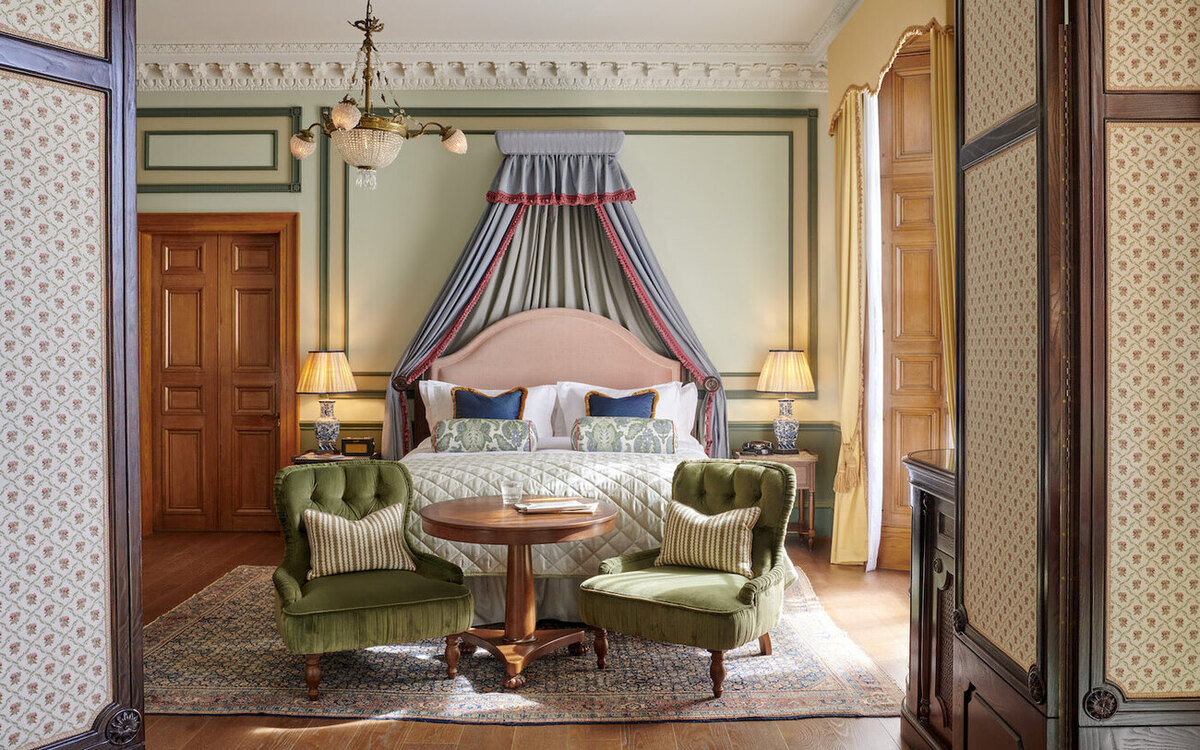
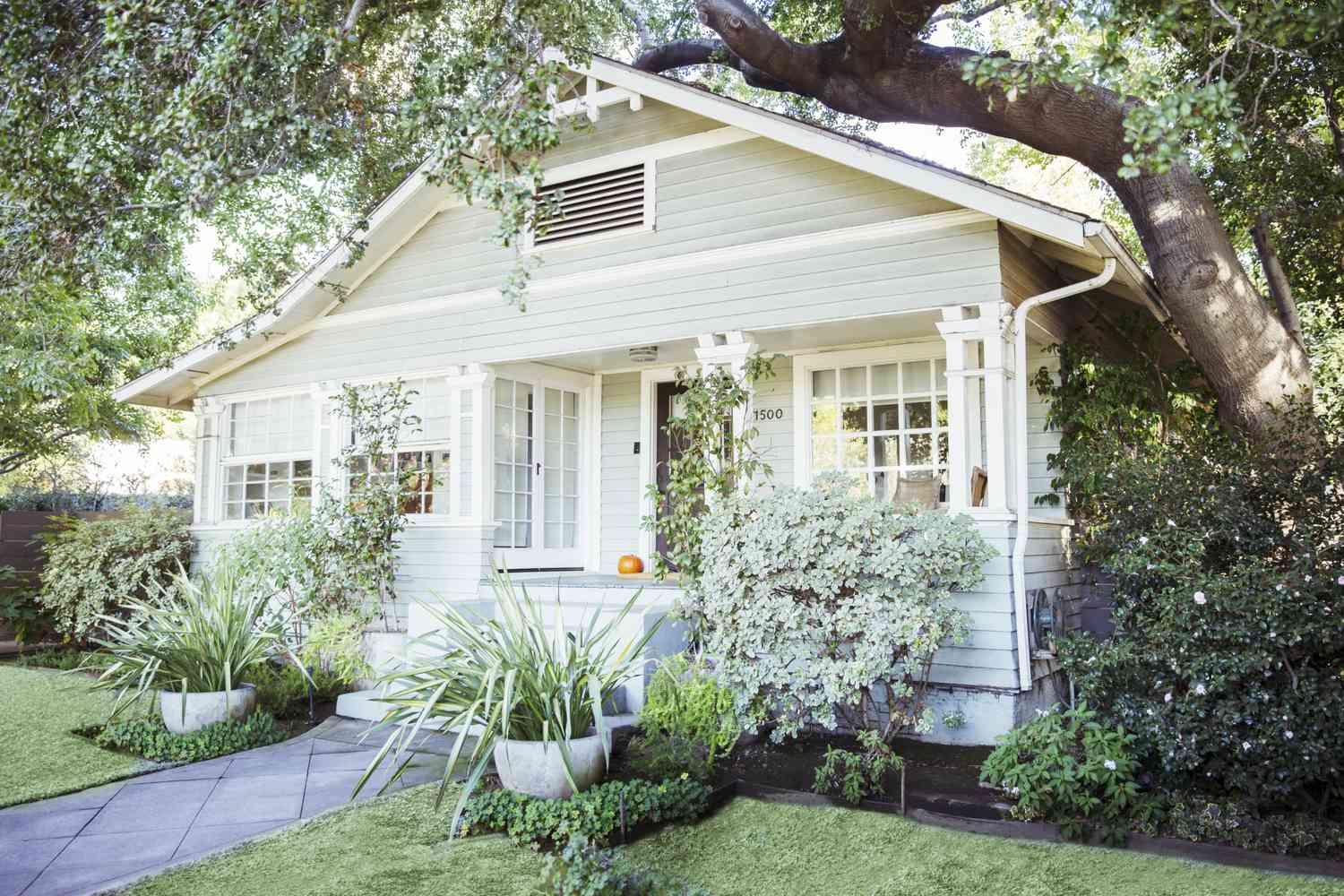
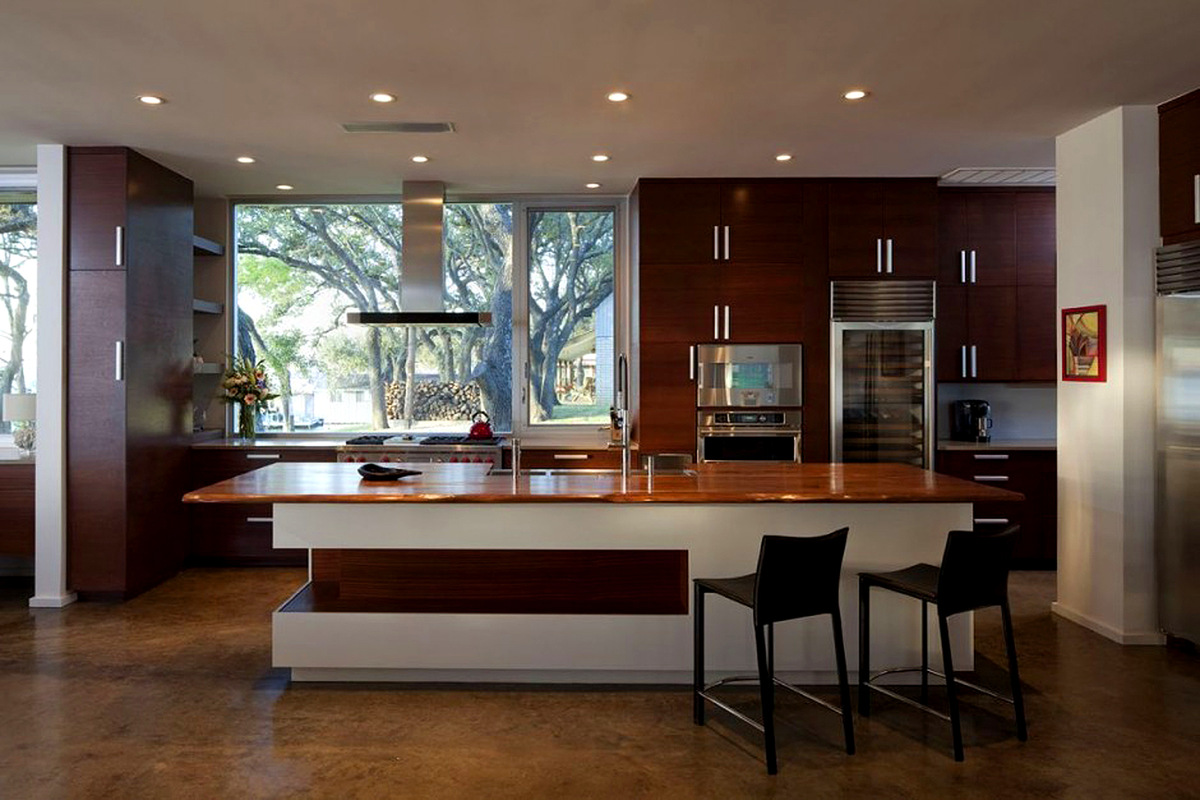
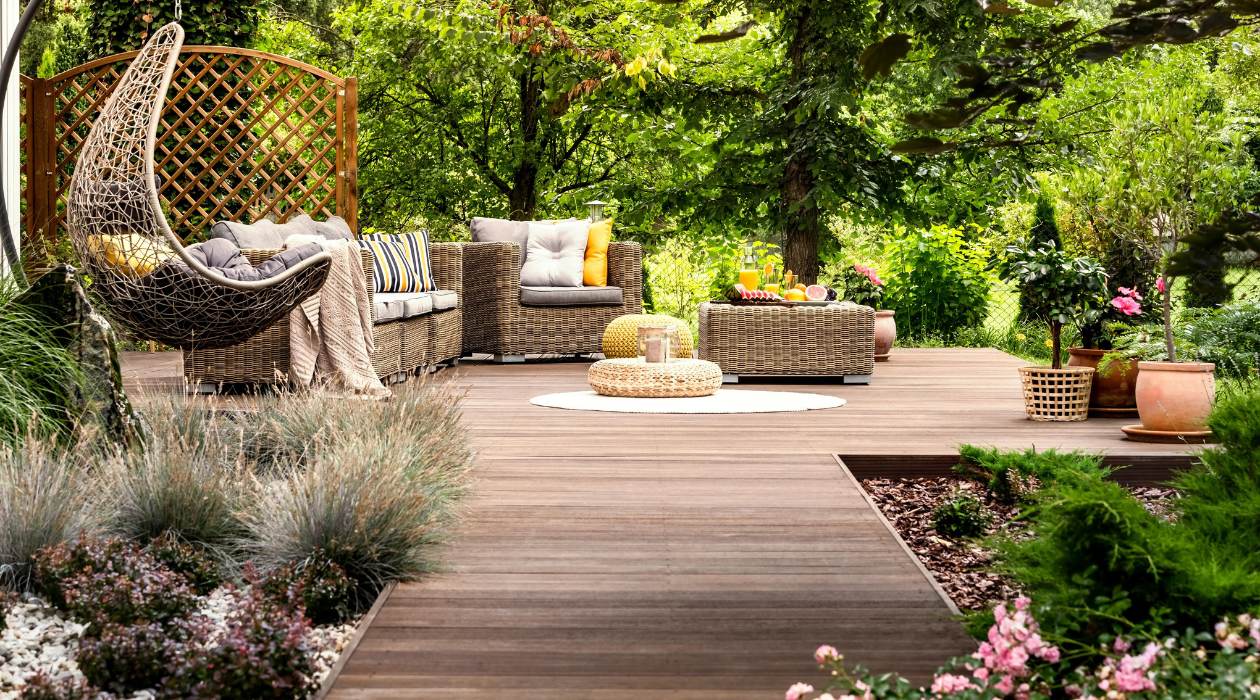

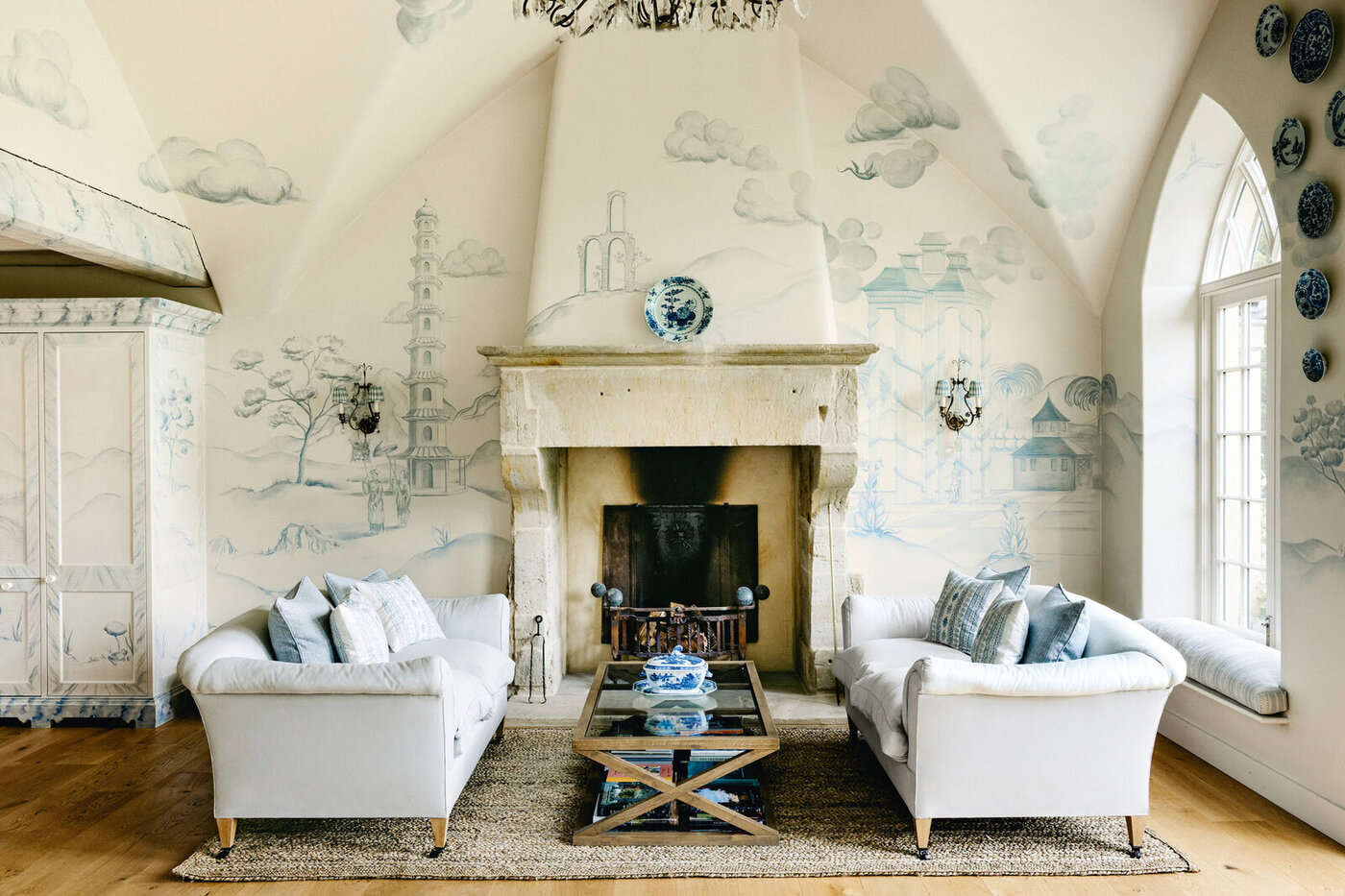
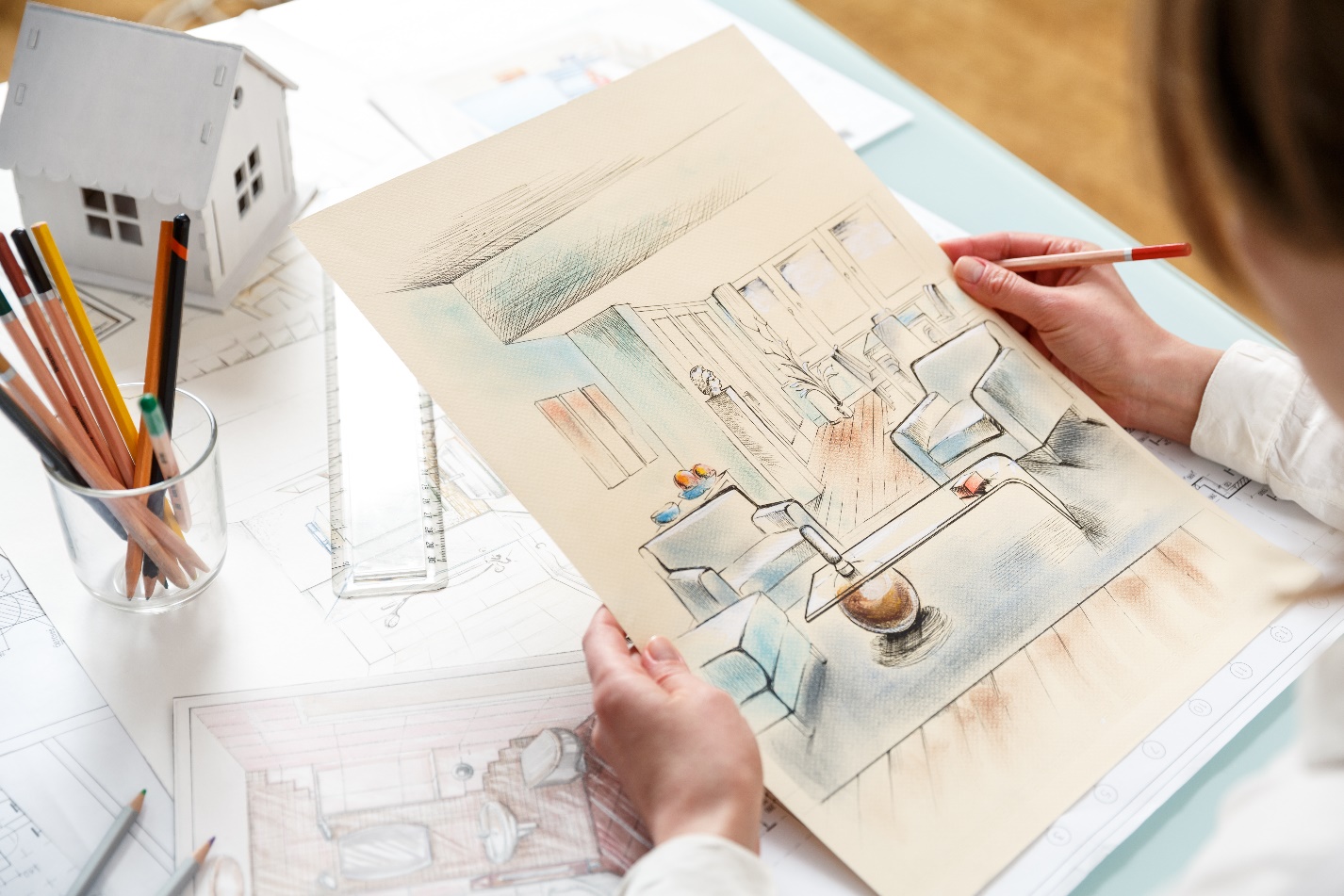
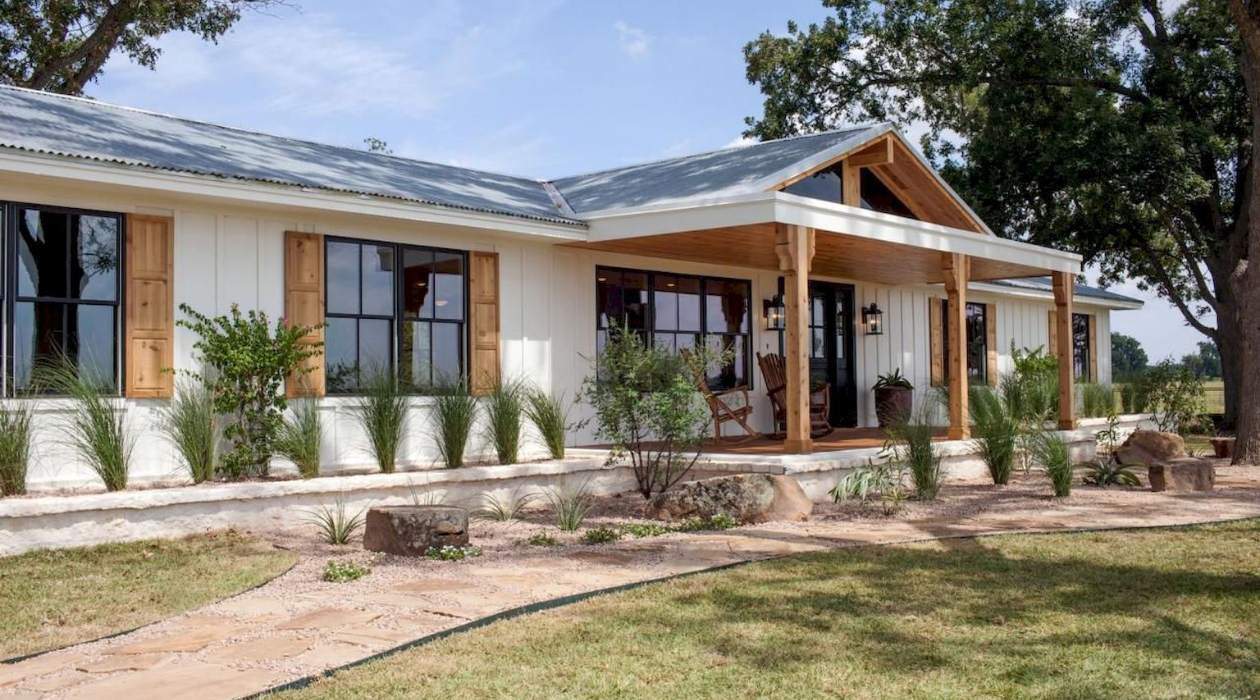
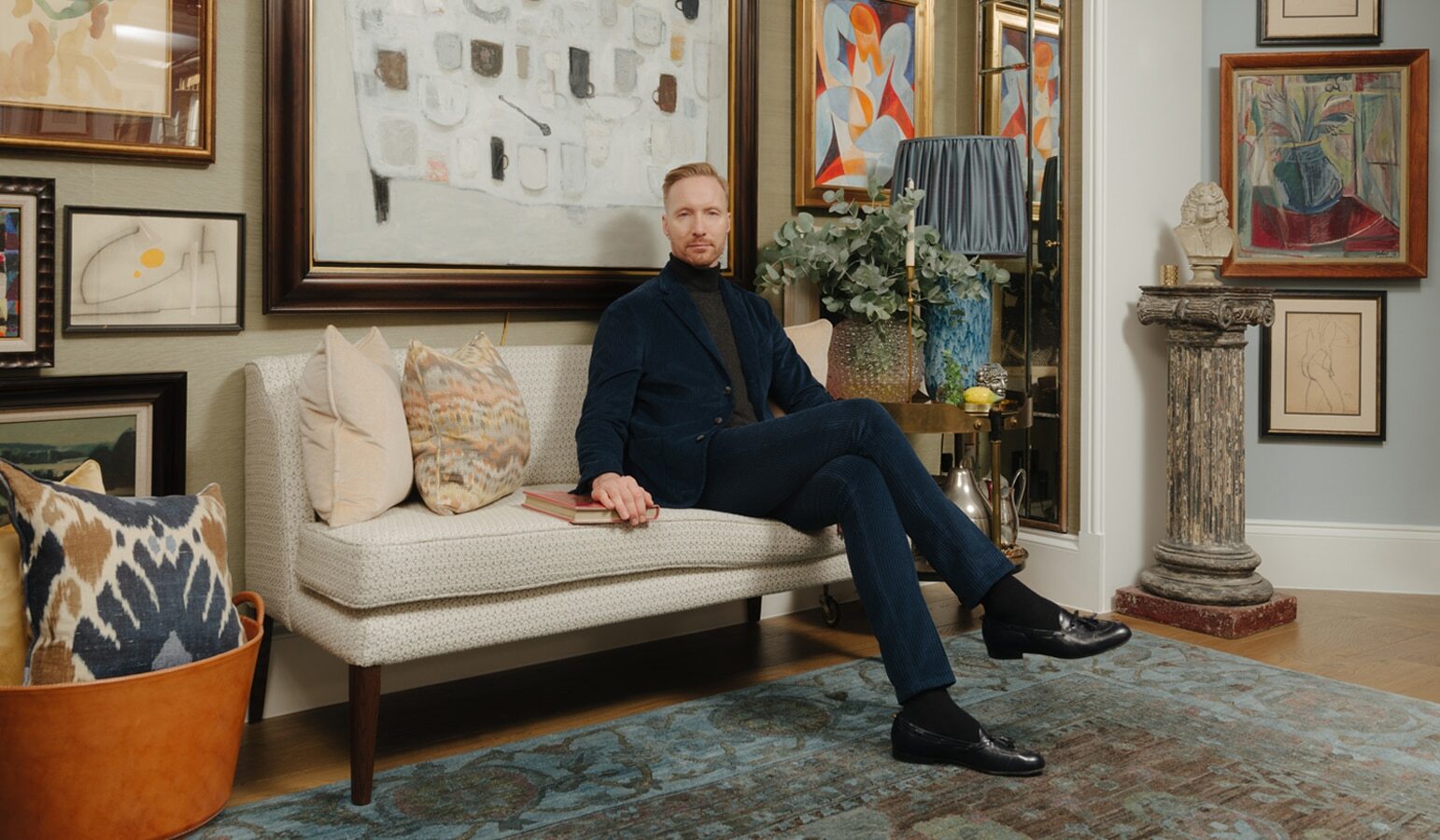
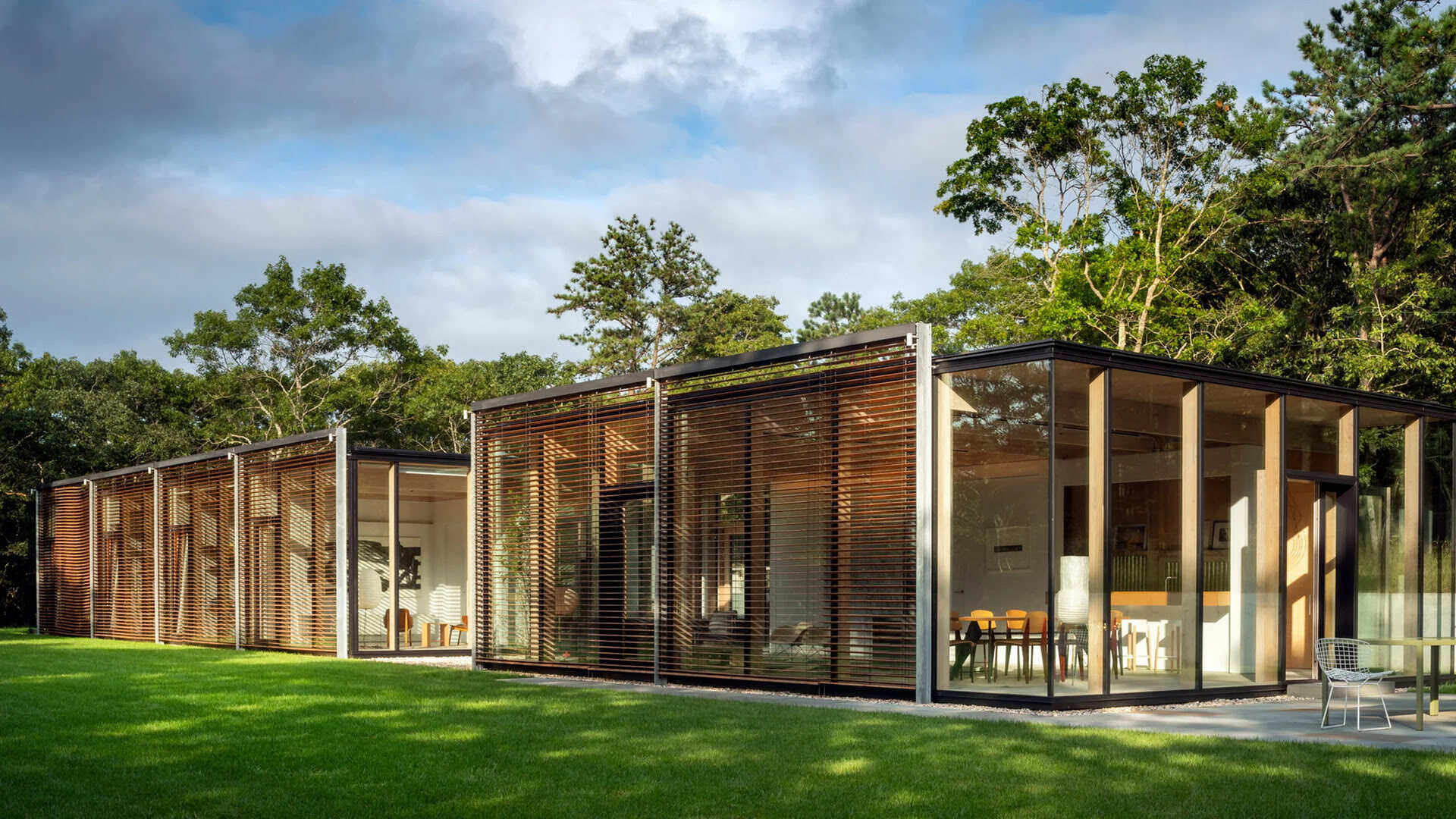

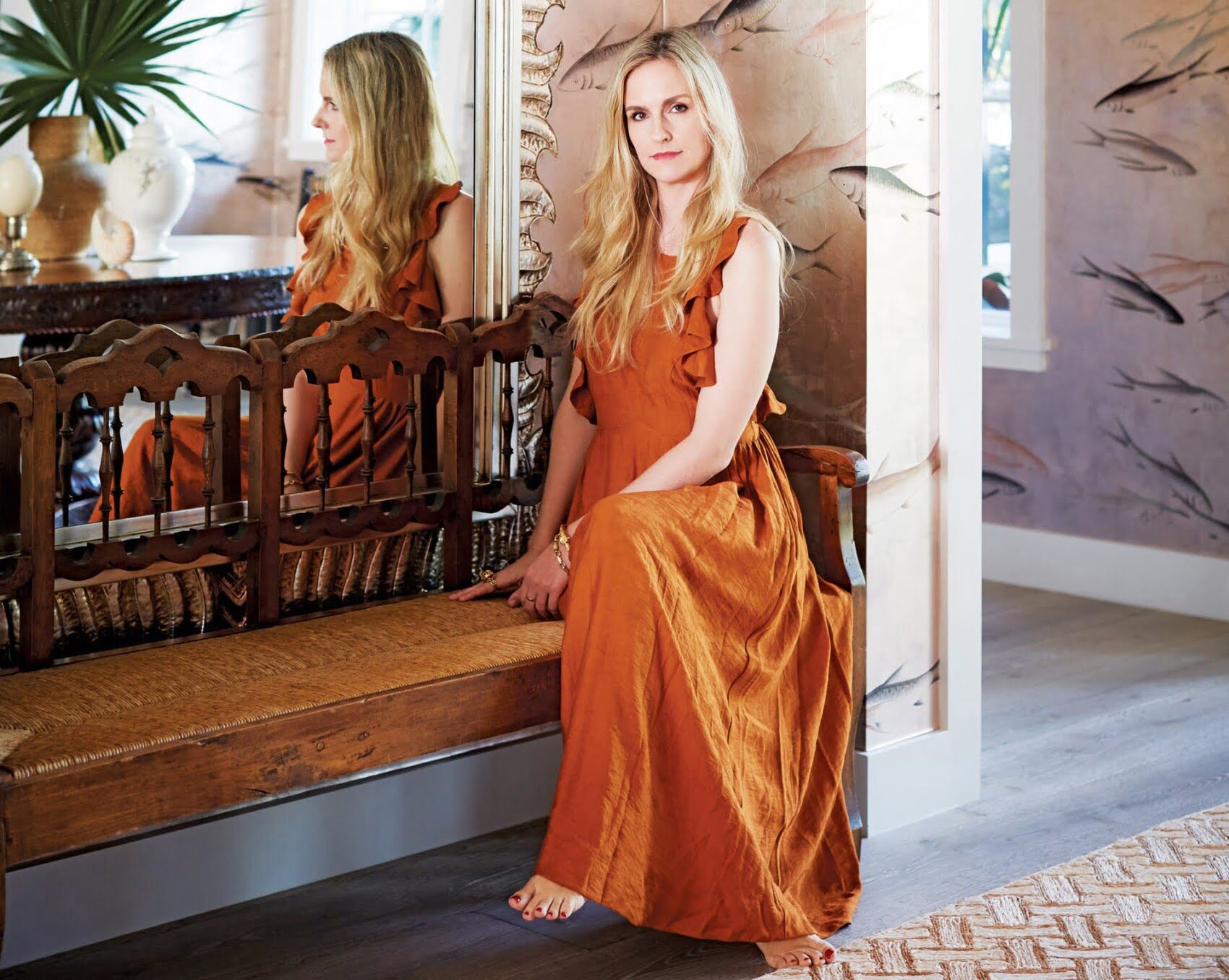
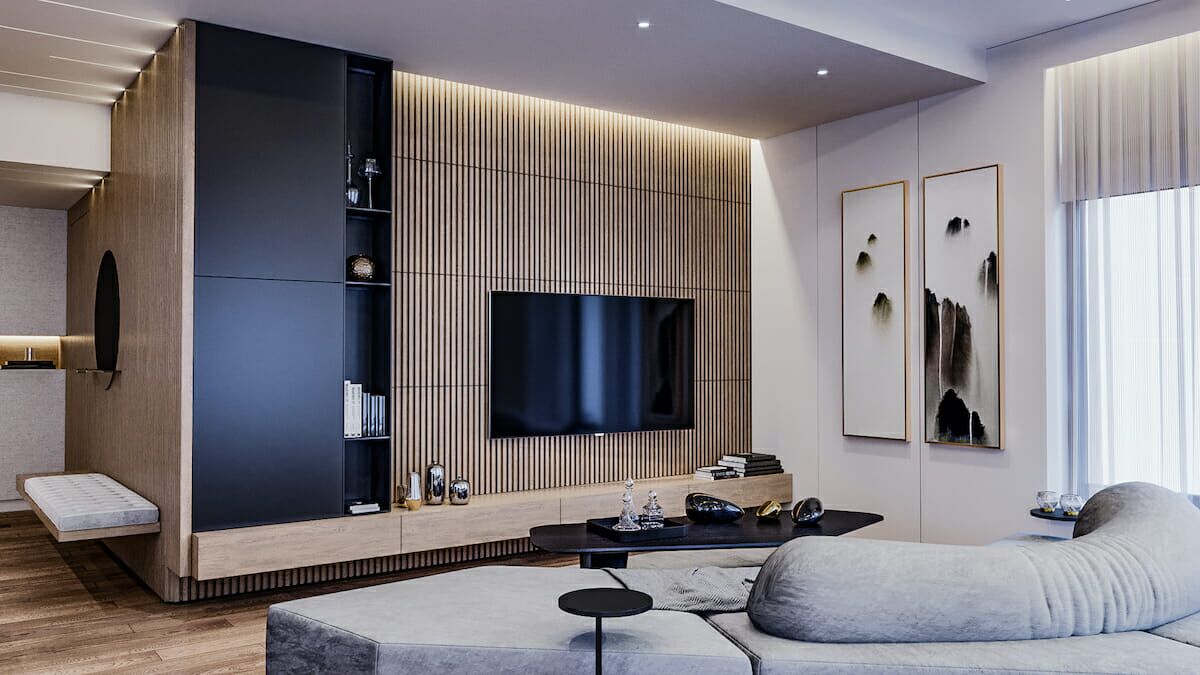

0 thoughts on “A Charming Tudor Home, Designed By Nicole Yee Of NY Interiors”